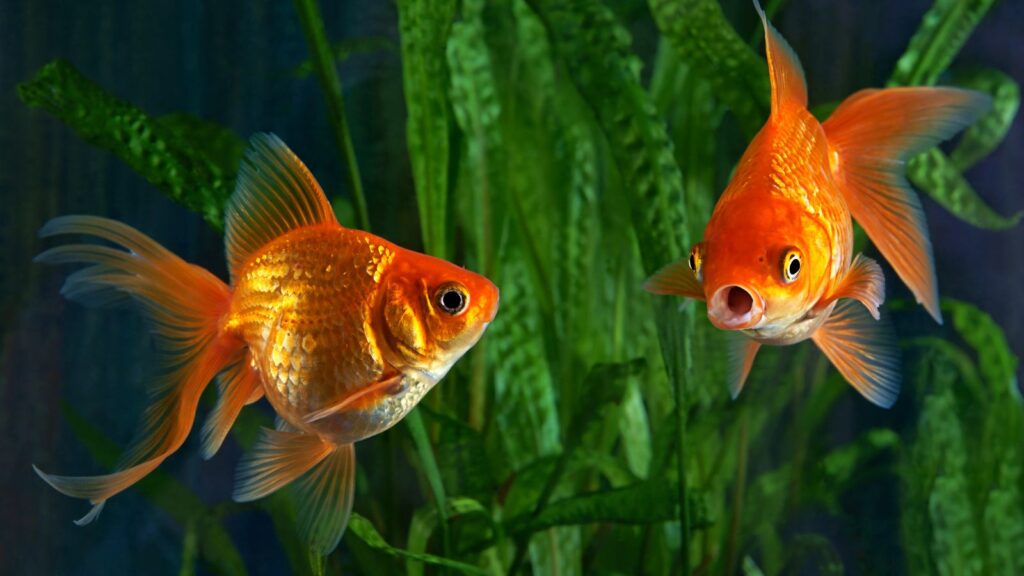One of the best things about science is its ability to evolve and learn, often changing or clarifying facts when new insights emerge. However, this can make some of our earlier scientific teachings obsolete or inaccurate. This article explores 10 science ‘facts’ from high school that have since been entirely debunked or significantly updated.

The Sahara Desert Is Expanding due to Global Warming
While not categorically untrue, this statement disregards the list of inter-playing factors that impact desertification and desert boundaries. Iberdrola reports that deforestation is the leading cause of desert expansion worldwide, whereas land management, overgrazing, and natural climate variability also play significant roles.
The Tongue Taste Map
Chemosensory scientists debunked this myth several years ago, thought to have originated from an early 20th-century misinterpretation of data. The Smithsonian Institute writes, “The ability to taste sweet, salty, sour, and bitter isn’t sectioned off to different parts of the tongue. The receptors that pick up these tastes are actually distributed all over.”
Humans Only Use 10% of Their Brains
Neuroscientists have shown through imaging techniques (like fMRI and PET scans) that almost every part of the brain has a function; they’re just active at different times. The Association for Psychological Science confirms that our brains are constantly active, although activity levels are not at 100% in every region at all times—which would actually be dangerous!
Goldfish Have a Three-Second Memory
This myth helps perpetuate animal neglect by insinuating that goldfish don’t mind being kept in small, uninteresting bowls of water. Live Science reports that goldfish can remember things for months, highlighted by experiments that show they can recognize their caregivers, navigate mazes, and respond to repetitive cues, even after five months have passed.
Evolution Is Just a Theory
Evolution may have been just a theory when it was proposed by Charles Darwin and Alfred Wallace in 1858, but they and others already had supporting evidence. The Harvard Museum of Natural History reports that, since then, reliable and indisputable scientific study has made evolution a scientific fact, proven by genetics, paleontology, anatomy, and embryology.
Deoxygenated Blood is Blue
Medical News Today asserts that blood in the body is red no matter how much oxygen it carries, although the shade of red may vary slightly (oxygenated blood is more vibrant). The myth likely stems from the fact that our veins appear bluish through the skin (an optical illusion) and the fact that veinal blood is depicted as blue in educational diagrams.
Humans Have Five Senses
Many of us were taught that we possess five senses—sight, hearing, smell, touch, and taste—but this is a gross oversimplification. The BBC writes that neuroscientists think human sensory perception is complex and that other abilities (like balance, thermoreception, spatial awareness, and feeling pain) may be just a few of our additional sensory capabilities.
Lightning Never Strikes the Same Place Twice
This myth suggests a randomness to lightning that doesn’t exist. In reality, electricity follows the path of least resistance—whether that’s a path it’s previously followed or not. Tall, isolated, or pointed objects are most likely to be hit; for example, the Empire State Building is struck by lightning approximately 25 times every year!
Humans Evolved from Chimpanzees
No, that’s not how evolution works—it’s not a line of slightly different species changing from one to the next but a complicated web of diversification with multiple branches and many ‘dead ends.’ The American Museum of Natural History writes that humans and chimps share 98.8% of their DNA because they share a common ancestor that gave rise to the two forms around 6–7 million years ago.
Dinosaurs Were All Giants
These prehistoric reptiles weren’t uniformly large, but they displayed a huge variety of different forms. Although some dinosaurs, like the herbivorous sauropods, reached immense sizes, many dinosaurs were much smaller, some even the size of a chicken! This diversity is one of the reasons their ancestors (the birds) still exist in modern times.







